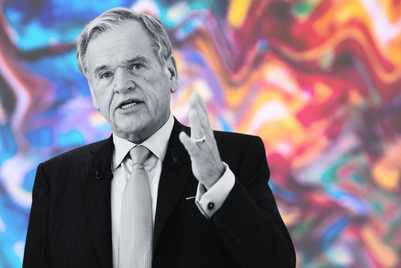
Event and Entertainment Management Association (EEMA), in association with Ernst & Young (E&Y), has unveiled a white paper on the Indian events and activation industry. The paper is based on E&Y’s research amongst CEOs of 32 Indian event management companies. In addition, 11 CMOs from corporate houses, besides representatives of media houses, were interviewed for specific segments of the survey.
The report pegs the size of the organized events and activation sector at Rs 2,800 crore, growing on average at over 20 per cent during the last few years. It is expected to touch Rs 4,375 cr by2013-‘14.
The size represents the revenue of organized events and activation agencies. It excludes value of telecast rights of sporting events (unless owned by the events and activation management company),value of MICE by travel agencies, value of IP not owned by event companies and properties managed by in-house activation teams of advertisers, explained Ashish Pherwani, partner, advisory services, Ernst & Young.
“According to the survey, the organized sector accounts for around 40 per cent of the total events industry,” he said.
As per the report, there are three key services in the portfolio of Indian event companies: Intellectual Properties (IPs) (such as IIFA and Mirchi Music Awards), managed events (corporate or personal events managed on behalf of a third party), and activations and promotional campaigns for brands.
“While almost all respondents provide managed events and activation services, just 55 per cent of the respondents wholly or partially own any IP. The fact is that they (IPs) have an ability to generate disproportional share of revenue for event and activation companies. The margins in managed events and activations are wafer thin and the future clearly lies in IPs,” said Pherwani.
The key reasons for the robust growth of this sector, as detailed by the report, are: increase in BTL spends of marketers, increase in overall event production costs, growth of revenues across regional activation, increase in the number of IPs launched (particularly for luxury brands), and increasing upper-middle and rich classes in India.
The share of BTL spends on marketing (activations and promotional campaigns) is expected to grow by around 10 per cent over the next two to three years to reach nearly 20 per cent of the total marketing spends, according to 57 pc of respondents.
Brian Tellis, president, EEMA, said, “In recent years, print and radio companies who have the ability to amplify targeted local content on their media vehicles to back up activation efforts have made significant strides in growing their activation business. Many players like Radio Mirchi, DB Corp, Big FM and Jagran Prakashan have dedicated teams offering these services over 30 cities.”
While IP will increasingly assume more importance in driving growth, digital, rural, sports and weddings are expected to grow the fastest in the coming years.
Addressing one of the key ‘myths’ surrounding the events and activation industry- that the RoI cannot be measured - Pherwani said, “While conducting a survey of 10 large event and activation spenders, almost all respondents mentioned that they would be willing to invest more if the levels of transparency were enhanced and RoIs demonstrated in a consistent manner to their CEOs. Absence of a universally accepted measurement metric and thus, inability to demonstrate value, is the reason why marketers curtain their BTL spends during a downturn.”
The white paper proposes an approach of RoI measurement in case of heterogeneous services.
“The players need to define objectives which could be awareness, trial, database, share of wallet etc. and accordingly set numeric targets. For instance, for awareness it could be cost per contact and for share of wallet it can be increase in advertisers’ share of wallet of their consumers. Then, performance needs to be measured by implementing processes to collect relevant data and finally analysis of performance against objectives can be done to report and course correct,” explained Tellis.
“While some players feel that they will be doing dis-service to themselves by introducing uniform metrics, it is truly essential for industry’s growth," he noted.


.jpg&h=334&w=500&q=100&v=20250320&c=1)

.jpg&h=334&w=500&q=100&v=20250320&c=1)

.jpg&h=334&w=500&q=100&v=20250320&c=1)



.jpg&h=334&w=500&q=100&v=20250320&c=1)
.jpg&h=334&w=500&q=100&v=20250320&c=1)
.jpg&h=268&w=401&q=100&v=20250320&c=1)



.jpg&h=268&w=401&q=100&v=20250320&c=1)
.jpg&h=268&w=401&q=100&v=20250320&c=1)


